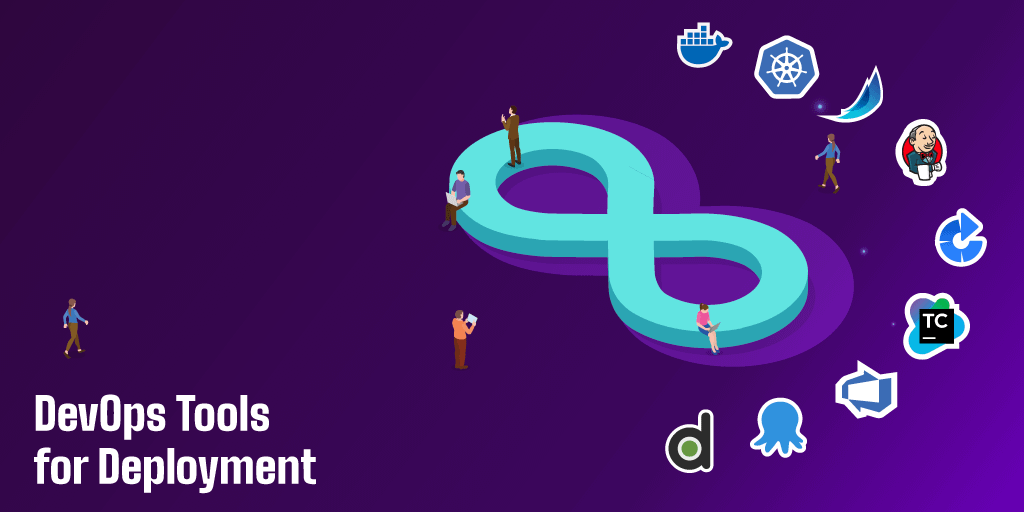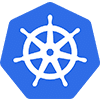Key Highlights
- Learn how and what to consider to choose the right software deployment tool based on your specific needs and use cases.
- Get insights and. practical tips for effective software deployment.
When it comes to DevOps, choosing the right deployment software can significantly impact how well your deployment process runs.
While preparing this article, I faced an extensive list of deployment tools and many articles that covered a lot of them, but they didn’t quite provide the guidance I needed to choose between them.
In this article, I've selected a variety of deployment tools, grouped them by use case, and highlighted when they might be the right fit and where they might fall short.
If you’re looking for a detailed breakdown of the best deployment tools for each phase of the lifecycle, be sure to check out our previous article on this topic.
I should mention that I’m not really into calling anything the “best” tool - because honestly, the best software deployment tool is the one that works best for you and your needs. My goal is to provide you with the information you need to make the right choice on Deployment Software.
Understanding Software Deployment Tools
First things first, Software Deployment Tools refers to tools that automate the application delivery process across various test and production environments.
These tools enhance Deployment Management - an ITIL 4 practice that closely integrates with Change and Release Management - by ensuring consistency and minimizing manual errors. Essential in any DevOps deployment environment, deployment tools manage everything for releasing new application versions and fixes.
The Basics: What Makes a Good Deployment Tool?
Before exploring specific tools, let’s discuss what makes a good software deployment tool. At its core, it should integrate well with your existing systems, be easy to use, and, most importantly, automate as many steps as possible. Automation is important because it speeds up the deployment workflow and minimizes human error.
Next, let’s review some specific tools that excel in different areas of deployment.
Containerization and Orchestration
Continuous Integration and Deployment
Learn how Release Dashboards will help you master your communication.
Learn how Release Dashboards will help you master your communication.
Release Management
Choosing the Right Tool for Your Workflow
The first step is figuring out which tools match your team’s workflow. Not every tool fits every setup. For instance, Jenkins or Bamboo can be fantastic options, but setting them up to align with your pipeline DevOps might take some extra effort. If you're unsure where to start, our previous article offers a detailed guide on selecting the best DevOps tools for deployment to fit your needs. A little planning here can save a lot of back-and-forth later.
Selecting the right deployment tool hinges on your specific requirements and existing infrastructure. If your focus is on containerization, Docker continues to be a leading option, providing consistency across development and production environments. For automation and CI/CD, Jenkins offers extensive flexibility and customization, while Ansible excels in simplifying configuration management.
If you’re using Jira in conjunction with any of these deployment tools, consider installing Apwide Golive. This Jira app integrates with your deployment tools, providing a real-time overview of your environments, their statuses, and the versions deployed. This ensures that your teams always have a clear, up-to-date picture of your deployment landscape.
When evaluating these tools, consider the following:
Practical Tips for Effective Deployment

Integration Challenges and Solutions in DevOps
Bringing together different deployment tools in a DevOps environment often feels like solving a complex puzzle. Each piece—automation, monitoring, security, and collaboration—needs to fit without creating bottlenecks. But in reality, integration isn't always straightforward. Different deployment software solutions may have compatibility issues, require custom scripting, or introduce unexpected delays.
One common challenge is dealing with tool fragmentation. Teams may use one set of deployment tools for staging and another for production, leading to inconsistencies. Standardizing deployment software across environments helps maintain stability and reduces friction between teams.
Another hurdle is ensuring security remains intact throughout the pipeline. As new DevOps tools for deployment get added, misconfigurations can expose vulnerabilities. Automating security checks and enforcing access controls help prevent risks without slowing down development.
Performance monitoring is also a frequent issue. Deployment software should provide clear visibility into application behavior, but when multiple systems are involved, tracking errors or performance dips becomes complicated. Using centralized logging and monitoring solutions ensures teams can quickly identify and address issues.
Collaboration between development, operations, and security teams is another piece of the puzzle. Misalignment can lead to failed releases, rework, and wasted time. Clear documentation and well-defined workflows help keep everyone on the same page.
Successful integration means selecting DevOps tools for deployment that work well together, automate repetitive tasks, and provide clear insights. With the right approach, you can reduce complexity, improve reliability, and keep deployments working efficiently.
Challenges and Considerations
Using DevOps tools for deployment can transform how teams deliver software, making the process faster and more reliable. But like anything worth doing, it comes with a few things to keep in mind. Let’s break them down.
Bringing Everything Together
Making sure your tools work well across different environments can feel like a balancing act. This is where deployment integration becomes central. Each environment might have unique requirements, so finding management tools that give you a clear overview and help coordinate efforts can simplify the process.
Balancing Automation with Awareness
Automation is a huge help in reducing manual tasks, especially when using deployment automation tools, but it still needs oversight. Setting up checkpoints and monitoring your pipeline DevOps can prevent small issues from growing into larger ones.
Scaling for Growth
As your projects grow, your deployment processes need to grow along with them. Regular updates to your management tools and planning for increased capacity help ensure you’re prepared for what’s next.
Supporting Your Team
Let’s not forget that introducing new tools means learning new ways of working. Giving your team the time and support to get comfortable with DevOps software development practices can make all the difference. When everyone’s confident, deployments run much more effectively.
Approaching these challenges with thought and preparation can make the entire process more efficient and help your team build confidence in your deployment strategy. It’s about creating a process that works for you, step by step.
Final thoughts
Selecting the right deployment software is a priority for an efficient DevOps process. The tools you choose should align with your specific needs, integrate well with your existing infrastructure, and offer robust automation and scalability features.
Key Takeaways
- Understand your Needs: Assess your project's requirements before choosing a deployment tool;
- Prioritize Integration: Select tools that integrate well with your existing systems;
- Embrace Automation: Automate repetitive tasks to save time and minimize errors.
Remember, the goal is to make your deployment process as efficient as possible. The right deployment tool can make the difference between a stressful and a successful deployment.










Great insights on the latest DevOps tools for deployment! I’m particularly interested in the recommendations for automation in the CI/CD pipeline. It’s fascinating to see how these tools are evolving to enhance efficiency and reliability. Looking forward to seeing how they shape the software deployment landscape in 2025!